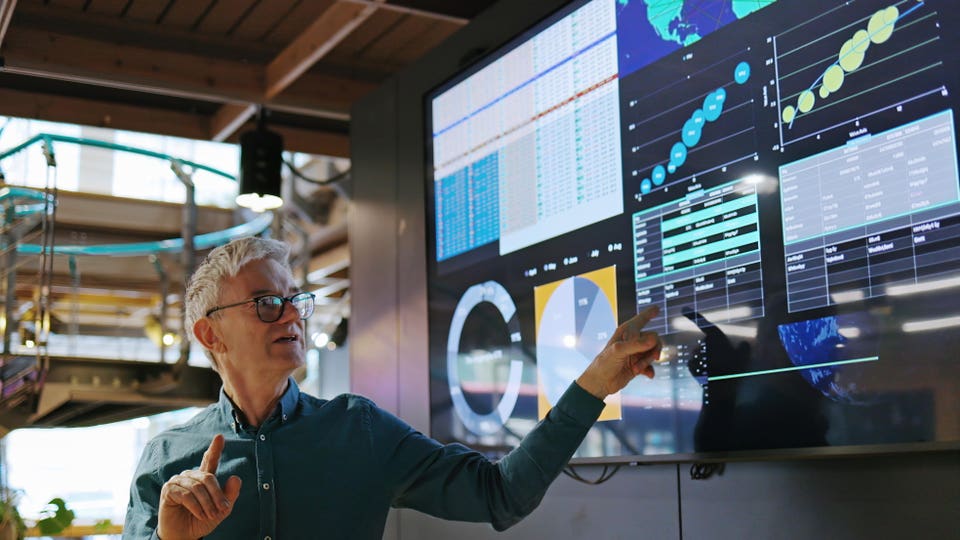A California-based startup, Reflect Orbital, has proposed an ambitious plan to launch up to 4,000 satellites into orbit, prompting significant concern from astronomers and wildlife advocates. The company’s goal is to enhance energy production from solar farms by redirecting sunlight to these facilities at night. Reflect Orbital has submitted an application to the Federal Communications Commission (FCC) for a license to deploy a demonstration satellite named EARENDIL-1, scheduled for launch in April 2026.
Once operational, EARENDIL-1 will unfold a mirror with an area of 3,600 square feet (approximately 334 square meters) to reflect sunlight towards selected solar farms on Earth. This satellite is intended to be the first in a series leading up to the deployment of a full constellation by 2030.
Concerns surrounding this project have been voiced by experts in multiple fields. According to Siegfried Eggl, an assistant professor of astrophysics at the University of Illinois Urbana-Champaign, the potential costs associated with this initiative extend beyond astronomy and encompass broader ecological impacts. He stated, “The cost that this incurs not only on astronomy, but on the entire civilization—plus the ecological impacts—are, in my personal view, not worth the effort.” Reflect Orbital did not respond to requests for comment by the time of publication, but a spokesperson indicated to Space.com that the company plans to conduct an environmental impact assessment prior to the construction of the satellite constellation.
Evaluating the feasibility of Reflect Orbital’s plan, experts suggest that the concept may not deliver the anticipated results. The company’s website promises “continuous, reliable access to energy, day or night,” which has garnered interest from high-profile investors and secured a $1.25 million contract under the Small Business Innovation Research program from the U.S. Air Force.
Despite the seemingly straightforward mechanics—akin to using a hand mirror to reflect sunlight—astronomers have raised doubts about the effectiveness of this method. In a recent article for The Conversation, astronomers Michael J. I. Brown of Monash University and Matthew Kenworthy from Leiden University explained that the reflected beam from such satellites would be approximately 15,000 times dimmer than the midday sun by the time it reaches the Earth’s surface. They noted, “If a single 54 metre [177-foot] satellite is 15,000 times fainter than the midday Sun, you would need 3,000 of them to achieve 20% of the midday Sun.” Given the satellites’ rapid orbit around the Earth, Brown and Kenworthy argue that over 4,000 satellites would be required to provide continuous illumination.
The potential for unforeseen complications also raises alarm. Eggl highlighted that if a satellite were to encounter space debris or a meteorite, it could tumble uncontrollably, creating a “gigantic lighthouse” effect that disrupts natural light conditions on Earth.
Light pollution is already a pressing issue for astronomers. With light pollution levels increasing globally by approximately 10% annually since the introduction of LED lights, the introduction of reflective satellites could significantly exacerbate the problem. Eggl remarked, “When you have mirrors that are shining even in the approximate direction of where telescopes are, the sky brightness is going to increase drastically.” He emphasized that this would hinder telescopes from capturing faint celestial objects vital for astronomical research.
The impacts of light pollution extend beyond scientific research, affecting wildlife as well. David Smith, advocacy and social change manager at invertebrate charity BugLife, noted that artificial light disrupts the natural rhythms and behaviors of numerous species. “By effectively extending daylight hours through artificial light and blurring the boundaries between day and night, light pollution interferes with the circadian rhythms, the physiology, and the behavioral patterns of countless species,” he explained.
As Reflect Orbital awaits approval for its FCC license, Eggl hopes regulatory bodies will heed the scientific community’s concerns. He expressed skepticism about the project’s potential, stating, “But given what they propose, I see no clear way this cannot be extremely disruptive for all sorts of things.” The future of Reflect Orbital’s plan will depend on a careful balance between innovative energy solutions and the preservation of our night skies and ecological integrity.







